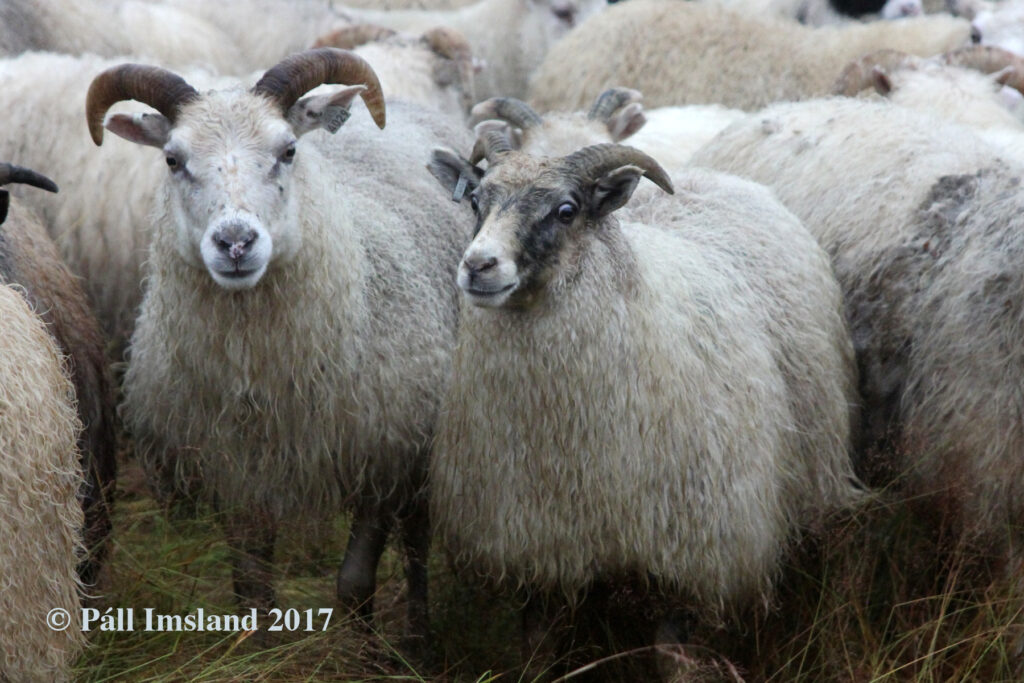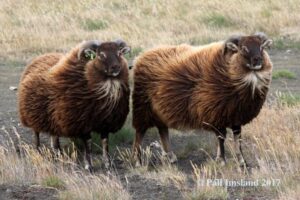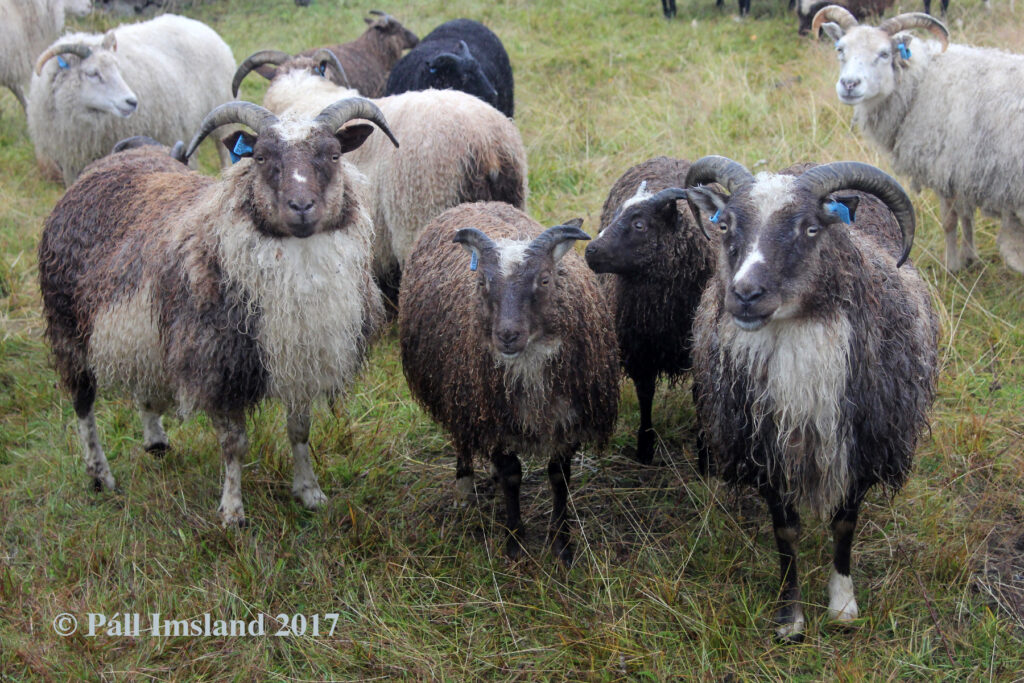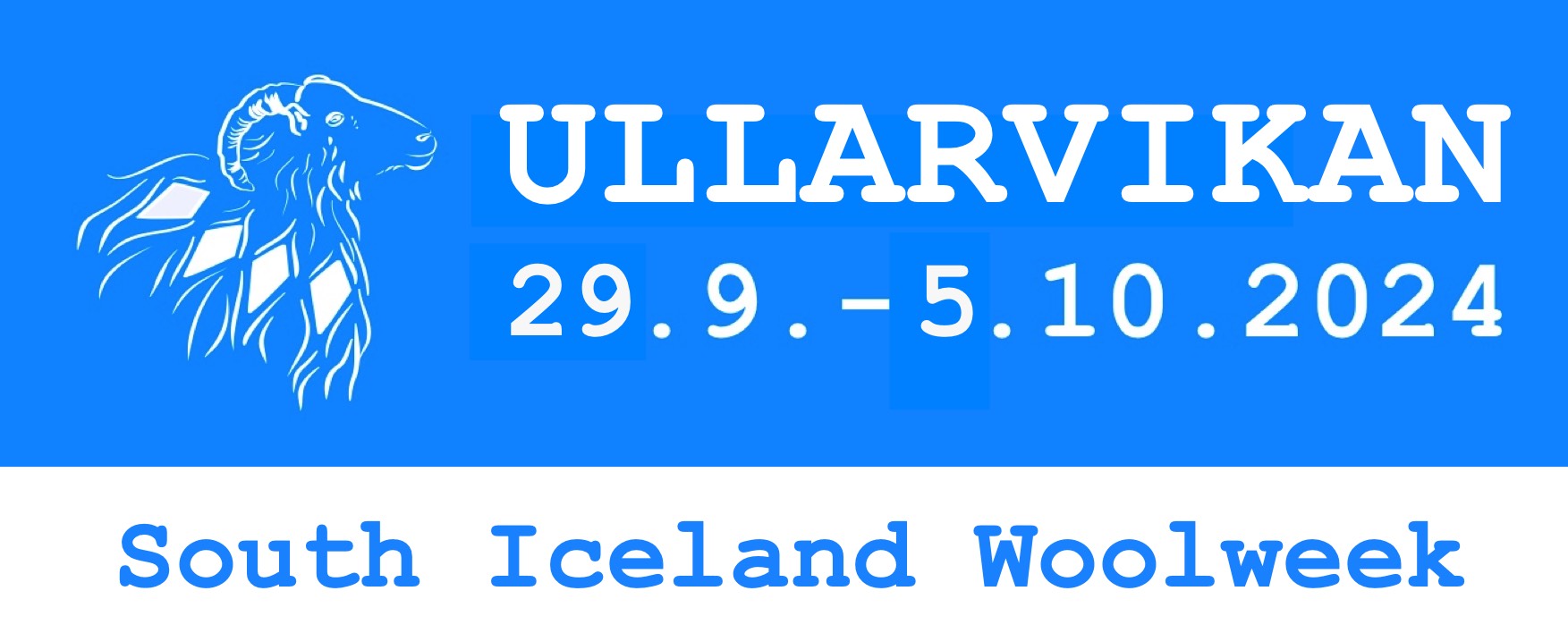Icelandic sheep

The Icelandic sheep belongs to the group of North European short-tail sheep breeds, but in appearance it is most similar to the Norwegian Dindilf (Norsk Spælsau).
Nordic Vikings brought the sheep from the Nordic countries, then mainly Norway and also from the British Isles. They also took sheep with them to the Faroe Islands and Shetland.
The main characteristics of short-tailed sheep:
– Approx. 9 cm long triangular tail.
– Two types of wool in the fleece, thel and tog.
– Diversity in colors and color combinations.
– The ability to get rid of most of the fleece every year.
– Sheep that thrives in difficult conditions.

There are now over 430,000 winter-fed sheep in Iceland. It can be calculated that 70% of the sheep have horns and 30% are polled. Sheep with four horns have been bred quite a bit in recent years and there are sheep with five or six horns.
The most remarkable, however, can be considered Forystufé or Leader sheep. There are about 1500 leader sheep here on about 400 farms. It is in their nature to go ahead of the flock while herding and other sheep follow them. Leaders are considered weather-savvy and were often reluctant to leave the house if bad weather was expected in the winter.
It is definitely believed that sheep with the behavioural pattern of the Icelandic leader sheep is not known anywhere in the world nowadays except in Iceland. This feature is therefore extremely rare.
Leader sheep are usually in different coloured wool with various colour patterns, high-legged and light-bred.

